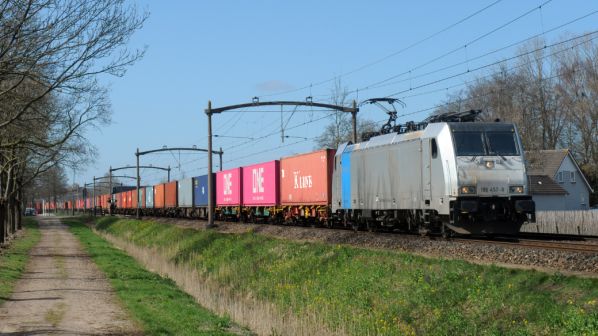The rail freight access subsidy scheme was approved by the European Commission (EC) on July 8 following a review of state aid rules and will be introduced retroactively from January 1 2019.
The package has three elements:
- reducing access charges to bring them into line with those in Germany
- a maximum subsidy of €70m between 2019 and 2023 with an interim evaluation in 2023, and
- a higher rate of subsidy for intermodal and wagonload freight.
The initiative is expected to increase Dutch rail freight from 41.5 million tonnes in 2018 to between 54 and 61 million tonnes by 2030.
In return, operators must agree to:
- participate in pilot schemes to improve port logistics efficiency
- participate in research into the cause of vibration from freight trains and study cost-effective ways to reduce vibration
- use modern wagons and locomotives equipped with technology to reduce noise and vibration and sensors to monitor equipment status - for example, the freight fleet should be 90% low noise within five years compared with around 50% today, and
- save energy and experiment with clean fuels.
However, the subsidy cannot be used to help fund the purchase of ETCS onboard equipment.
Upgrades
The Dutch rail freight pressure group RailGood also wants to see tangible results from a package of measures agreed in June 2018 to improve the reliability and availability of the line serving the port of Rotterdam and the Betuwe freight linking Rotterdam with the German border.
RailGood is also calling for targeted infrastructure upgrades by the Dutch and German infrastructure managers to allow 740m-long freight trains to be introduced between 2020 and 2023. In April, the Dutch and German governments pledged to step up cooperation on cross-border rail freight. However, RailGood is concerned by what it describes as “the hopelessly over-running German works on the third track between Emmerich and Oberhausen, which are likely to run from 2026 to 2030.”

